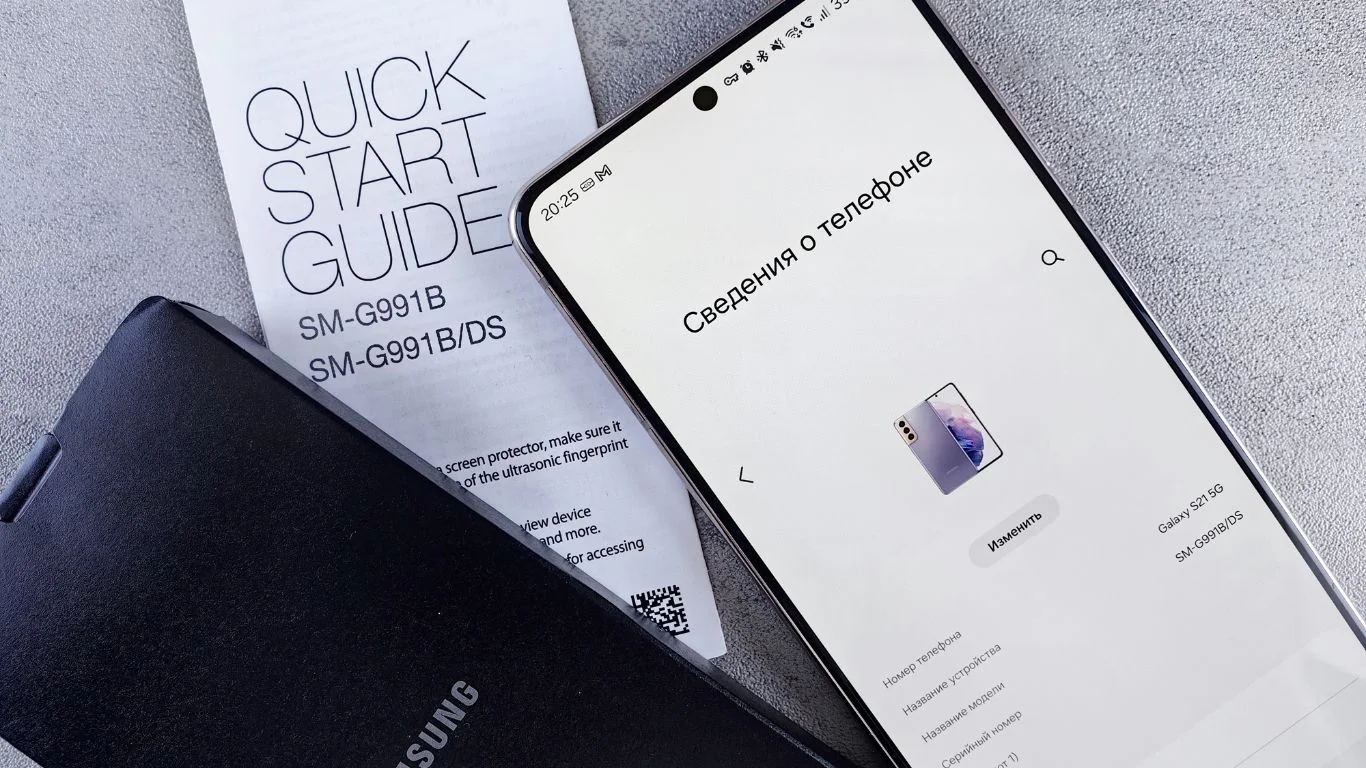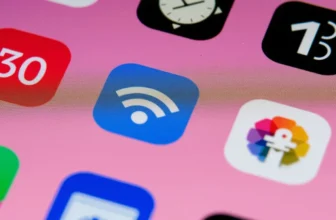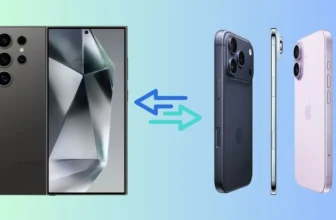
In today’s fast-paced world, smartphones have become an essential part of our daily lives. Whether you use it for work, entertainment, or staying connected with friends and family, the right phone can make a huge difference. But with so many options available, how do you know which one is right for you?
To help you navigate the overwhelming market, we’ve put together smartphone buy checklist. This guide will walk you through all the key factors to consider before making your purchase, so you can choose the phone that suits your needs and preferences.
Determine Your Budget
The first and most important step in buying a smartphone is setting a budget. Smartphones come in a wide range of prices, from budget models under £200 to premium flagships costing over £1,000.
Tips:
- Budget Phones (£100–£300): Great for basic tasks like calling, texting, and social media. They typically have lower specs but can still offer a decent experience.
- Mid-Range Phones (£300–£600): Balance between performance, camera quality, and price. They’re a great option if you want features without paying for the premium price tag.
- Flagship Phones (£600+): Top-tier devices with the best performance, cameras, and displays. If you want the latest technology, this is the range to consider.
Read More: iPhone Tips and Tricks You Didn’t Know
Operating System (OS): Android vs. iOS
One of the first choices you’ll need to make is whether to go for an Android or iOS phone. Both systems have their pros and cons, and your choice largely depends on your personal preferences and brand loyalty.
Android:
- Open-source, highly customizable.
- Larger variety of devices at different price points.
- Access to the Google Play Store and a wide selection of apps.
iOS:
- Closed system but offers seamless integration with Apple’s ecosystem (Mac, iPad, Apple Watch, etc.).
- Regular software updates and higher security standards.
- App Store with strict app guidelines ensuring quality.
Pro Tip: If you already own other Apple products, an iPhone might be the way to go for a seamless experience. If customization and variety are important, consider an Android device.
Display Quality: Size and Resolution
The display is one of the most important features, especially if you spend a lot of time watching videos, browsing, or playing games. There are several factors to consider:
Factors to Keep in Mind:
- Screen Size: Phones range from compact 5-inch displays to large 6.7-inch screens. Choose a size that suits your preferences.
- Resolution: Full HD (1080p) is common, but higher resolutions like Quad HD (1440p) or 4K offer sharper images.
- Refresh Rate: A higher refresh rate (90Hz or 120Hz) provides smoother scrolling and gaming. If you enjoy fast-paced games or want smoother animations, consider a higher refresh rate display.
Battery Life: How Long Will It Last?
Battery life can make or break your smartphone experience. Most modern smartphones offer decent battery life, but if you’re a heavy user or often find yourself on the go, you’ll want a device with excellent power management.
Key Considerations:
- Battery Capacity: Measured in milliampere-hours (mAh). Generally, larger batteries (4,000mAh or more) offer longer usage times.
- Battery Optimization: Phones with efficient processors (like Apple’s A-series or Qualcomm Snapdragon) can last longer despite having smaller batteries.
- Fast Charging: Look for phones with fast charging support (e.g., 30W, 65W) so you can quickly top up when needed.
- Wireless Charging: A convenience feature but not a necessity for everyone.
Camera Quality: What’s Your Photography Style?
For many people, the camera is one of the top considerations when buying a new phone. Whether you’re into photography, taking selfies, or recording videos, a good camera can elevate your smartphone experience.
Factors to Look For:
- Camera Megapixels: Higher megapixels (48MP, 108MP) are great for detailed photos, but sensor quality and software optimization are equally important for photo quality.
- Camera Features: Look for features like night mode, portrait mode, ultra-wide lenses, and zoom capabilities for more versatile photography.
- Video Recording: If you record videos, check if the phone supports 4K or even 8K video recording, along with features like stabilization and frame rates (60fps is ideal).
Processor: Speed and Performance
The processor is the heart of any smartphone. It determines how fast your phone runs apps, handles gaming, and multitasks. High-performance chips make the phone snappy and responsive, while mid-range chips offer great balance for everyday tasks.
Common Processors:
- Apple’s A-series chips (e.g., A17 Bionic) are known for top-tier performance.
- Qualcomm Snapdragon (e.g., Snapdragon 8 Gen 3) is commonly used in Android devices, offering great performance for most tasks.
- MediaTek Dimensity chips are found in budget and mid-range phones but still offer great performance for the price.
Storage and RAM: How Much Do You Need?
- Storage: Phones typically come with 64GB, 128GB, 256GB, or 512GB of internal storage. If you store a lot of apps, photos, videos, or music, look for a device with more storage, especially since many phones don’t have expandable storage via SD cards.
- RAM: For smooth multitasking, go for at least 6GB of RAM. High-end models can go up to 16GB, ensuring smooth operation even when running heavy apps or games.
Security Features: Keeping Your Data Safe
Smartphones store a lot of personal information, so having robust security features is essential. Look for phones that offer biometric security, such as fingerprint scanners or face recognition. Some devices also have secure encryption and data protection software built in.
Software Updates and Support
It’s important to check how long the manufacturer will provide software updates for the phone. Devices like iPhones and Google Pixel phones tend to receive long-term updates (up to 5 years), while some Android phones may only receive a few years of support.
Additional Features and Extras
- 5G Connectivity: If you live in an area with 5G coverage, consider a phone with 5G support for faster speeds.
- Water Resistance: Look for phones with an IP67 or IP68 rating for protection against water and dust.
- Dual SIM: A useful feature if you need two phone numbers (e.g., for work and personal use).
- Customizability: Some Android phones come with additional customization options like themes and widgets.
Also Know About: Monthly Plan Phones vs Unlocked Phones
🧠 Final Thoughts
Buy a smartphone can feel overwhelming with so many choices available, but by following this checklist, you can make a more informed decision. Consider your budget, what features matter most to you (such as camera quality or battery life), and how you plan to use the phone. Whether you’re upgrading from an older device or buying your first smartphone, taking the time to evaluate your options will lead to a much more satisfying purchase.
FAQ’s
The most important factor depends on your needs. For many, battery life, camera quality, and processor performance are top considerations.
– Budget phones are great for basic tasks.
– Mid-range phones offer a balance of price and features.
– Flagship phones are for those who want the best performance and cutting-edge features.
Most smartphones last around 3-5 years, with flagship models often staying relevant for longer due to consistent software updates.
If photography is important to you, investing in a phone with a high-quality camera system (e.g., 50MP+ sensors, night mode) is worth it.
For basic users, 64GB may be enough. If you store a lot of photos, apps, or videos, consider 128GB or more.






